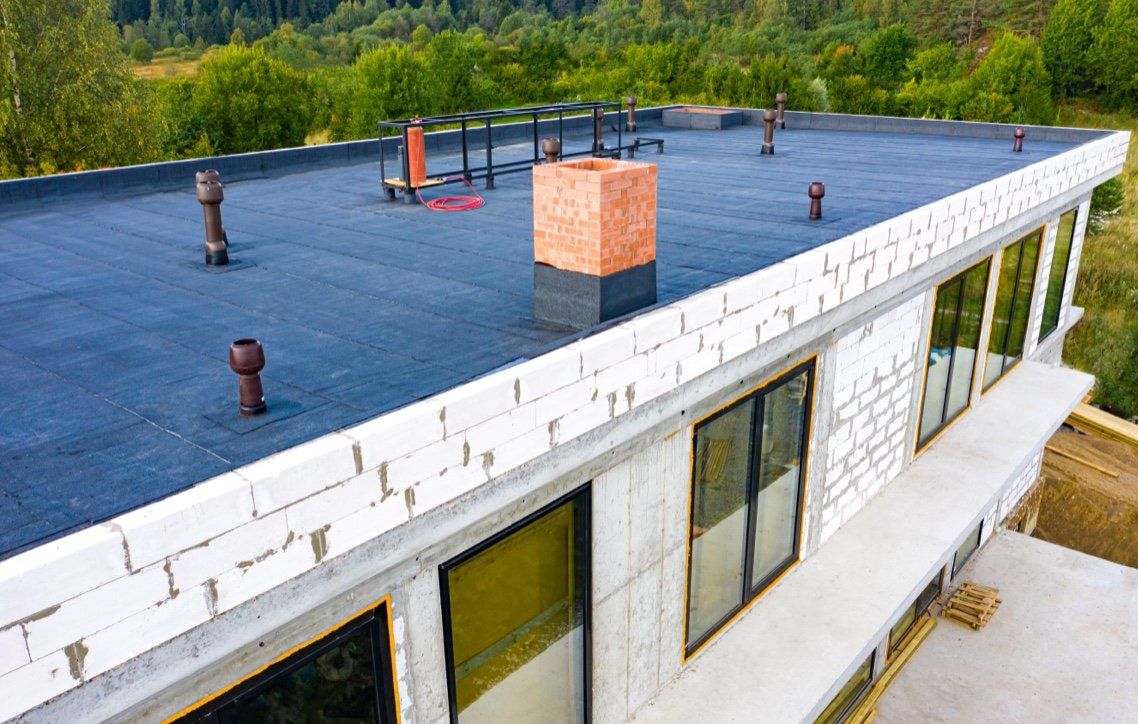Roof insulation is an often-overlooked component of your home’s energy efficiency. Let’s explore how proper insulation can boost roof performance, reduce energy costs, and increase comfort in your home.
The Connection Between Insulation and Roof Effectiveness
Insulation plays a critical role in your roof’s effectiveness by preventing heat loss in the winter and keeping cool air inside during the summer. A well-insulated roof helps regulate your home’s temperature, keeping it more comfortable year-round.
The Impact of Insulation on Energy Bills
Inadequate insulation forces heating and cooling systems to overwork, driving up your energy bills. Upgrading your roof insulation helps retain temperature, reduce energy costs, and lower your carbon footprint.
How to Upgrade Your Roof Insulation Effectively
- Choose the Right R-Value: Ensure the insulation you choose has a high R-value for optimal performance in your specific climate zone.
- Upgrade to Reflective Insulation: Reflective insulation can help reduce heat absorption in warmer climates, improving energy efficiency.
- Prevent Air Leaks: Ensure that air leaks around vents, skylights, and chimneys are sealed to prevent warm or cool air from escaping.
- Insulating the Attic: Attic insulation is key to preventing heat loss through the roof, as heat naturally rises. Ensure your attic is well-insulated.

Why Weathercraft Recommends Certain Insulation Solutions
At Weathercraft, we recommend using high-quality, eco-friendly insulation materials that provide long-lasting performance. Our experts will assess your home’s specific needs and recommend the best insulation solutions to maximize energy efficiency while staying within your budget.